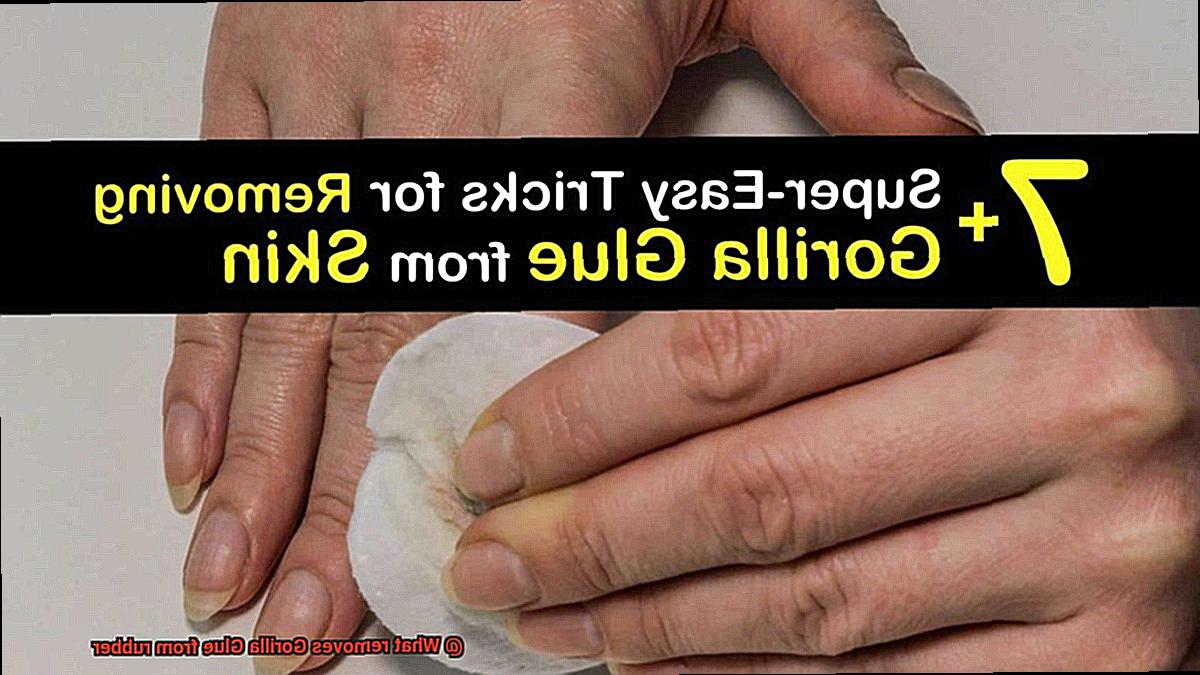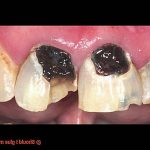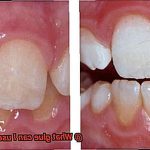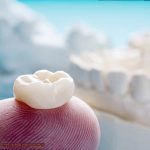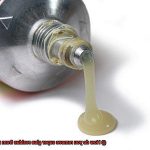Have you ever had the misfortune of Gorilla Glue finding its way onto your precious rubber possessions? Whether it’s your favorite shoes, phone case or any other rubber material, seeing the glue dry up and harden can be a frustrating sight. But fret not. You don’t have to bid farewell to your beloved items just yet. In this blog post, I’ll guide you through various methods and materials you can use to remove Gorilla Glue from rubber.
Now, you might be wondering how it’s possible to remove such a strong adhesive without causing damage or leaving residue behind. Well, the key lies in using the right tools and techniques. From utilizing solvents like acetone and rubbing alcohol to natural remedies such as vinegar and baking soda, there are numerous ways to get rid of Gorilla Glue from rubber.
In this article, I’ll delve into each of these methods in detail, outlining step-by-step instructions along with necessary precautions to take. Additionally, I’ll share some dos and don’ts as well as useful tips that will make the process easier and safer for you. So whether you’re dealing with small spills or big messes, stay tuned to discover how to eliminate Gorilla Glue from rubber and salvage your valuable possessions.
What is Gorilla Glue?
Contents
Gorilla Glue is known for its incredible bonding strength and versatility, making it a go-to adhesive for almost any project. It can bond with various surfaces, including wood, metal, stone, ceramic, and plastic. Whether you’re repairing broken furniture or securing outdoor fixtures, Gorilla Glue is the perfect solution.
The secret behind Gorilla Glue’s strength lies in its chemical reaction when it comes into contact with moisture. The glue expands, creating a powerful bond between surfaces. However, it’s important to note that this expansion property can make it challenging to work with. If not used correctly, the glue can push out of joints or create unsightly bubbles.
Despite its unique properties, Gorilla Glue remains a top choice for projects that require a strong and long-lasting bond. If you accidentally get Gorilla Glue on your rubber material, removing it can be challenging. However, there are several methods you can try, such as using acetone or rubbing alcohol. Just remember to be patient and take your time to avoid damaging the rubber.
Advantages and Disadvantages of Using Gorilla Glue on Rubber
Look no further than Gorilla Glue – the superhero of adhesives. However, before you dive in, let’s examine the advantages and disadvantages of using it on rubber.
Advantages:
Gorilla Glue is renowned for its exceptional strength, making it an excellent choice for bonding rubber materials. It works on natural and synthetic rubbers alike, so you can use it with confidence.
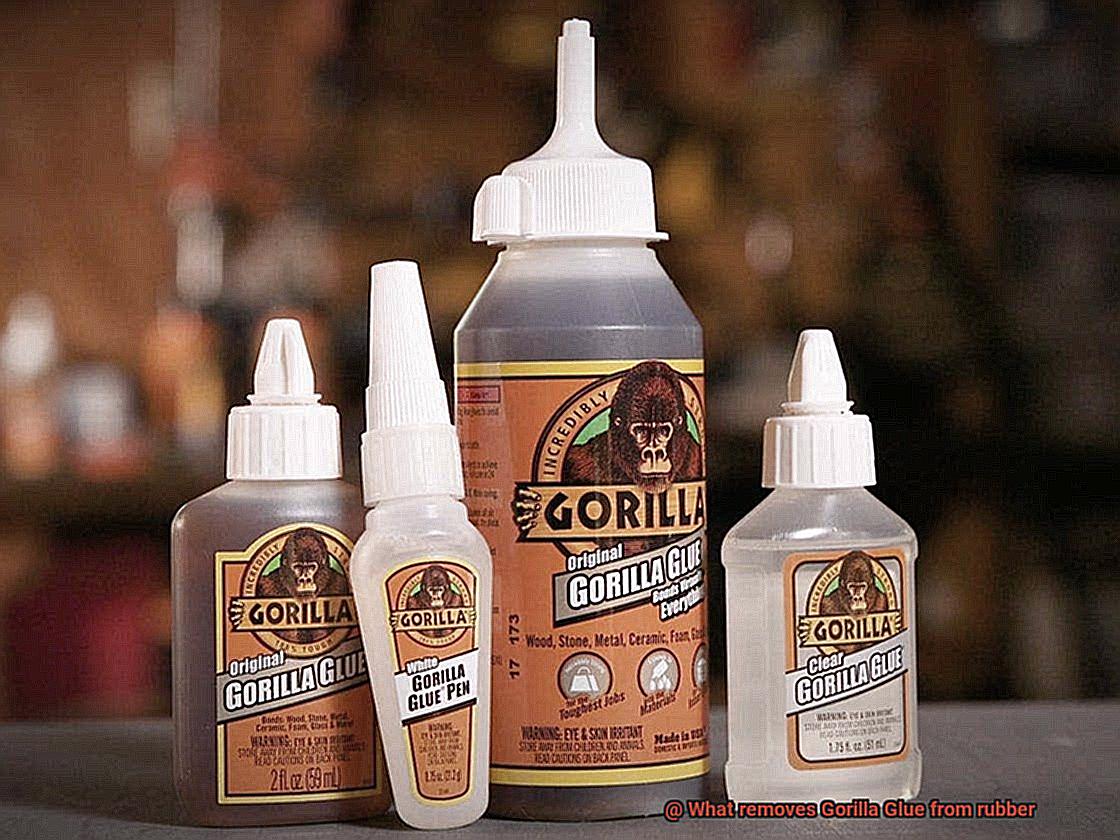
Another plus point is that Gorilla Glue dries clear, making it ideal for projects where the glue will be visible. Say goodbye to unsightly glue marks and hello to a seamless finish.
When it comes to outdoor projects exposed to moisture, Gorilla Glue is your go-to adhesive. Its water-resistant properties ensure your project remains intact despite any weather conditions.
Disadvantages:
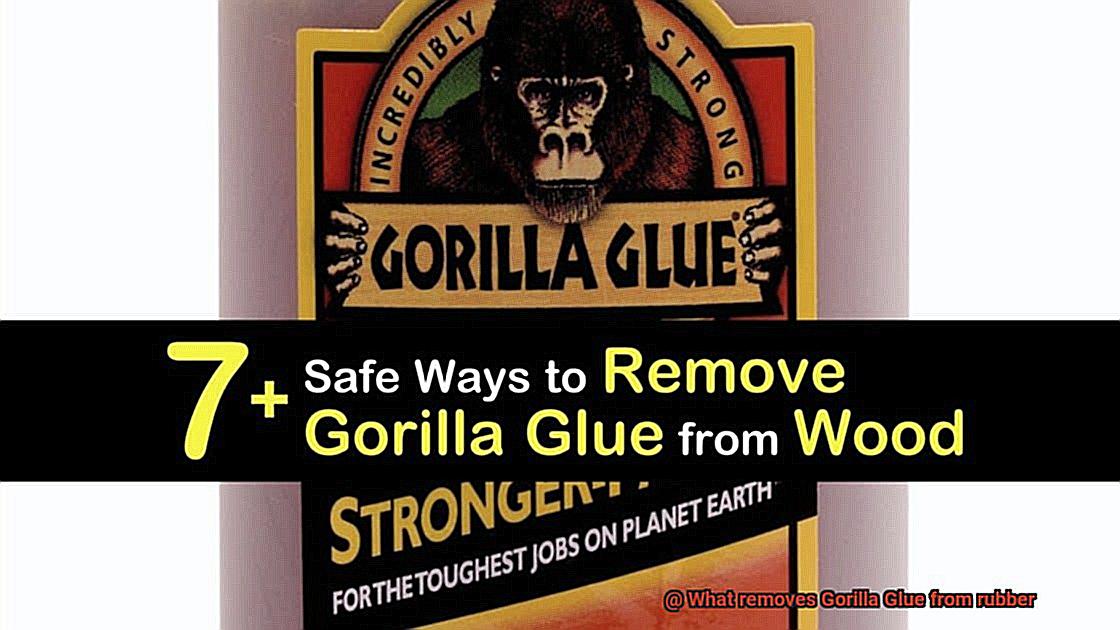
One thing to keep in mind is that Gorilla Glue expands as it dries. This can lead to a messy and uneven bond if not applied carefully. Hence, use a small amount and spread it evenly for best results.
Another disadvantage is that the glue can take up to 24 hours to fully cure. If you’re working on a project that requires a quick fix, you may need to find an alternative adhesive.
Gorilla Glue needs moisture to activate the bonding process, which may pose problems in certain environments. For instance, in dry climates or during winter months when humidity is low, getting the glue to activate properly may be challenging.
Lastly, Gorilla Glue is notoriously difficult to remove from surfaces once it has dried and cured. This is especially true when trying to remove it from rubber materials. So use it sparingly and with caution.
How to Remove Gorilla Glue from Rubber
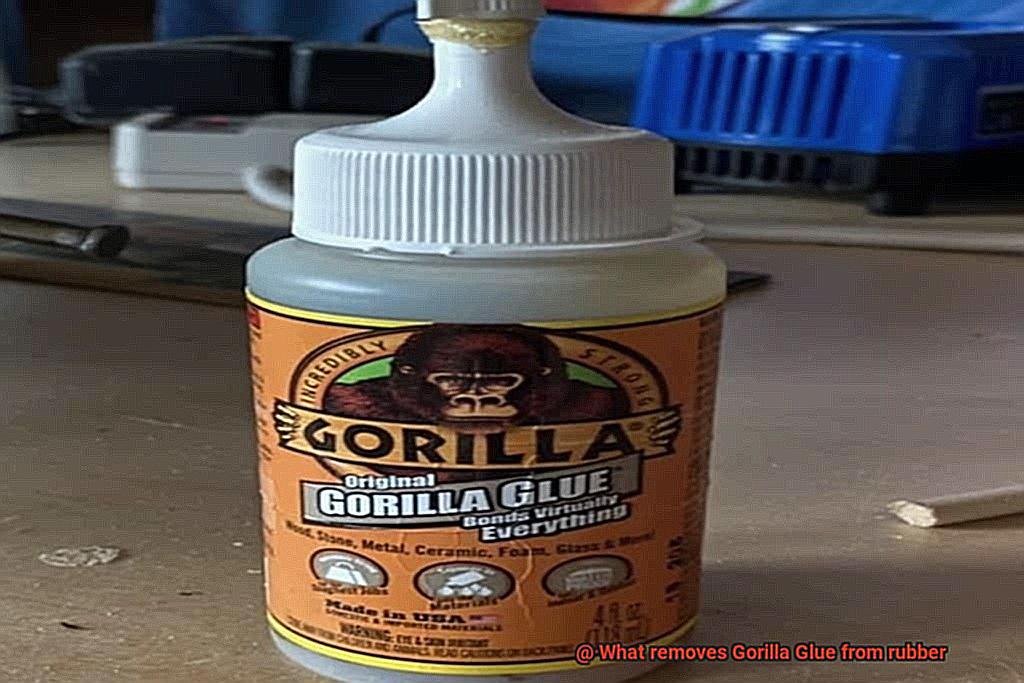
We’ve got you covered with five tried-and-true methods for removing Gorilla Glue from rubber surfaces.
Acetone
Acetone is a powerful solvent that can dissolve the glue, making it easier to remove. To use this method, apply acetone to the affected area using a cotton ball or cloth and let it sit for several minutes. Then, gently scrape away the glue with a plastic scraper, taking care not to damage the rubber.

Rubbing Alcohol
Rubbing alcohol is another effective solution that can help break down the glue and make it easier to remove. Simply saturate a cloth or cotton ball with rubbing alcohol and apply it to the affected area. Let it sit for several minutes before gently scraping away the glue with a plastic scraper.
Baking Soda and Water
For tougher Gorilla Glue stains on rubber, you may want to try using a mixture of baking soda and water. Mix equal parts of baking soda and water to create a paste. Apply the paste directly to the glue and let it sit for several hours before wiping it away with a cloth.
Razor Blade or Sandpaper
If these methods do not work, you may need to try a more aggressive approach such as using a razor blade or sandpaper. However, be extremely careful when using these methods as they can easily damage the rubber material.
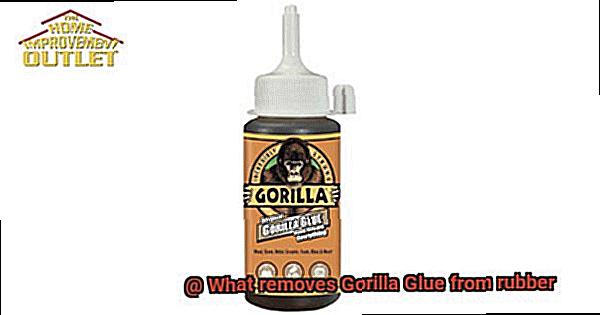
Commercial Adhesive Remover
In some cases, you may want to consider using a commercial adhesive remover specifically designed for use on rubber surfaces. Be sure to follow the instructions carefully and test a small, inconspicuous area first before applying the product more broadly.
It’s essential to take your time and be patient when attempting to remove Gorilla Glue from rubber to avoid damaging the material. Remember to act quickly before the glue dries and hardens, and always test a small area before trying any of these methods. With a little bit of effort and patience, you can successfully remove even the toughest Gorilla Glue stains from your rubber items.
Removing Gorilla Glue with Acetone
Removing Gorilla Glue from rubber surfaces may seem like an impossible feat, but fear not. With the right tools and techniques, you can eliminate Gorilla Glue without causing any damage. The secret? Acetone.
Acetone is a colorless liquid that acts as a powerful solvent, effectively breaking down the adhesive bond of Gorilla Glue. However, before using acetone, it’s crucial to take safety precautions. Be sure to wear protective gloves and work in a well-ventilated area to avoid any potential harm.
To start the process, apply a small amount of acetone onto the affected area using a cotton ball or swab. Let the acetone sit on the glue for several minutes to soften and loosen the bond. Once the glue is soft, gently scrape it off with a plastic scraper or the edge of a credit card. Repeat this process until all of the Gorilla Glue has been removed from the rubber surface.
After removing the glue, clean the area with soap and water to eliminate any residue left by the acetone. It’s worth noting that while acetone is effective in removing Gorilla Glue from rubber surfaces, it may not be suitable for all types of rubber materials. Always test a small area first before applying acetone to the entire surface.
Removing Gorilla Glue with Rubbing Alcohol
Fear not. Rubbing alcohol is a simple and effective solution. This household solvent contains a high percentage of isopropyl alcohol, which works as a solvent to break down the adhesive properties of Gorilla Glue. It also softens the glue, making it easier to remove.
To get started, apply rubbing alcohol directly to the affected area using a cotton swab or cloth. Gently rub the area until the glue starts to loosen up. Keep in mind that this technique may not be as effective on larger areas of glue, so additional methods like scraping or sanding may be necessary.
However, before you begin, it is important to take proper safety precautions. Wear gloves and work in a well-ventilated area to avoid inhaling fumes from the rubbing alcohol. And remember – keep rubbing alcohol away from open flames or heat sources as it is highly flammable.
Aggressive Removal Methods for Gorilla Glue on Rubber
Gorilla Glue is a versatile adhesive that can be used to bond materials together. Unfortunately, accidents can happen, and you may find yourself in a sticky situation where the glue has accidentally gotten onto rubber. While the instinct may be to use aggressive removal methods to get rid of the glue quickly, it’s essential to understand that these methods should only be used as a last resort.
Aggressive removal methods for Gorilla Glue on rubber can potentially damage the rubber, so it’s crucial to proceed with caution. One option is to use a sharp blade or scraper to remove the glue slowly and gently, ensuring not to apply too much pressure. However, this method may not be suitable for larger areas of glue or harder types of rubber.
Another aggressive method involves using acetone or nail polish remover to dissolve the glue on small areas. However, it’s crucial to wear gloves and work in a well-ventilated area when using these chemicals as they can damage the rubber and cause it to break down over time.
In some cases, sanding or grinding may be necessary to remove the Gorilla Glue from rubber surfaces. It’s essential to have this done by a professional who has experience in handling these tools as attempting it yourself may result in damage to the rubber.
yppnhrvqcd8″ >
Conclusion
In conclusion, removing Gorilla Glue from rubber can be a tricky task.
However, there are several effective methods you can try. Acetone is a powerful solvent that can break down the glue’s bond with the rubber.
Remember to always test any product on a small, inconspicuous area first before applying it to the entire surface.

